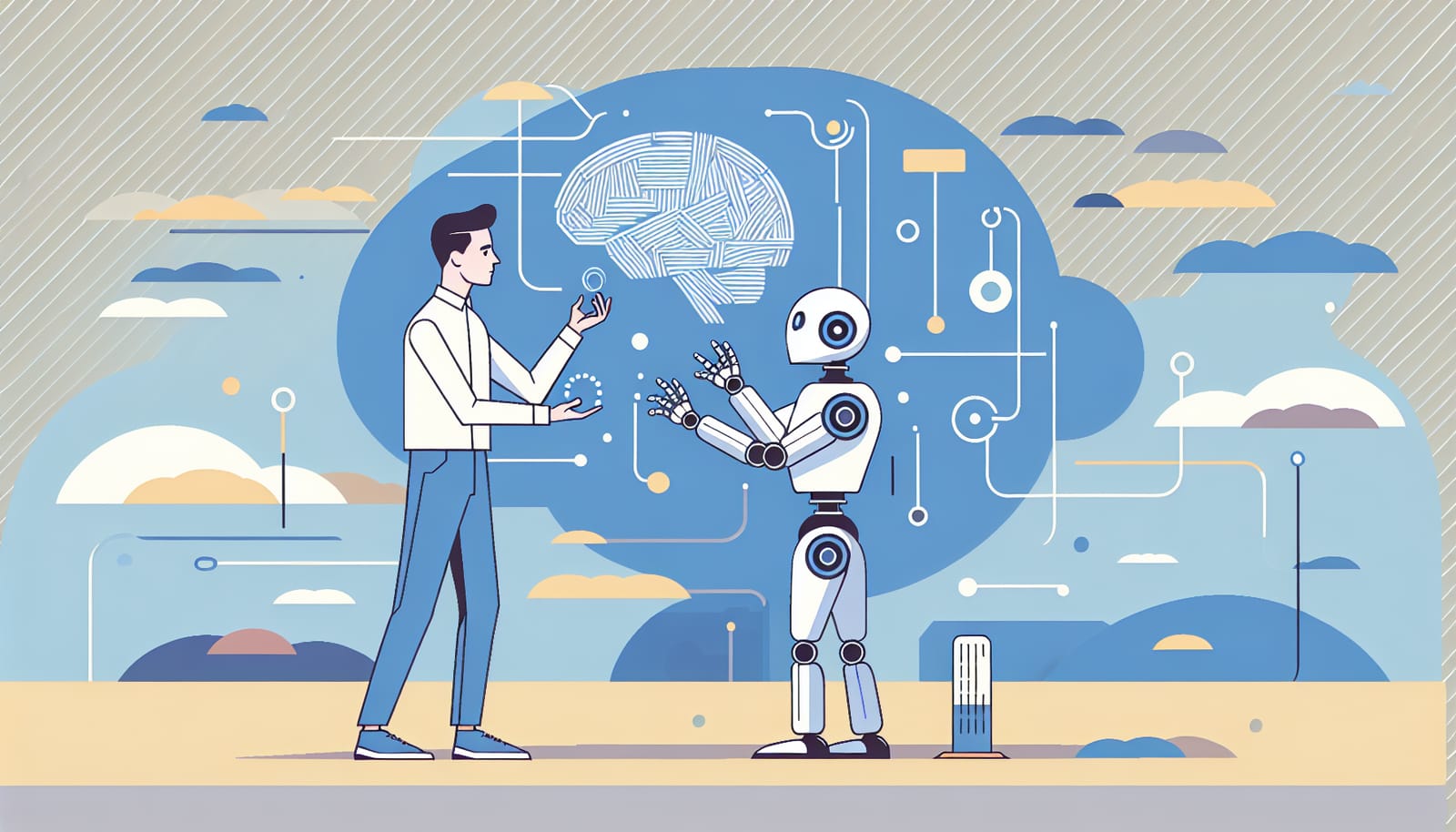Hunger is one of the most pressing issues facing humanity today. According to the United Nations, nearly 811 million people go to bed hungry each night. With the world’s population expected to reach around 9.7 billion by 2050, the challenge of feeding everyone grows more daunting. However, exciting advancements in technology, particularly artificial intelligence (AI), offer hope. In this article, we’ll explore how AI is revolutionizing food tech and helping to tackle the global hunger crisis.
Understanding AI and Its Role in Food Tech
Artificial intelligence is a branch of computer science that creates machines capable of performing tasks that usually require human intelligence. This includes things like understanding language, recognizing patterns, and making decisions. In food tech, AI can analyze large amounts of data to improve food production, distribution, and consumption.
Imagine a farmer who can predict the best time to plant seeds, water crops, or harvest fruit—all thanks to the insights provided by AI. This technology helps farmers make informed decisions, leading to a more efficient food supply chain and reducing waste.
Precision Agriculture: Farming Smarter
One of the most significant ways AI is changing the agricultural landscape is through precision agriculture. This approach uses technology to monitor and manage crop production more effectively. AI systems analyze data from various sources, including satellite imagery, weather forecasts, and soil conditions, to provide farmers with personalized recommendations.
For instance, AI can determine which areas of a field require more water or nutrients, ensuring that resources are used efficiently. This not only helps farmers increase their yield but also conserves water and reduces the need for chemical fertilizers, which can be harmful to the environment.
By optimizing farming practices, AI can play a pivotal role in producing more food with fewer resources. This is especially important in regions where water scarcity is a significant issue.
Enhancing Food Distribution
Once food is produced, it needs to reach people. Unfortunately, food often spoils before it can be consumed, contributing to the hunger crisis. AI is helping to streamline food distribution channels, ensuring that food gets to those who need it most.
AI algorithms can analyze data on consumer demand, weather conditions, and transportation logistics to optimize delivery routes and schedules. For example, a grocery store can use AI to predict which products will be in high demand based on historical data, seasonal trends, and local events. This way, stores can stock their shelves more efficiently and reduce food waste.
Furthermore, AI can help organizations working to combat hunger identify communities in need. By analyzing demographic data, AI can pinpoint areas where food insecurity is highest and help allocate resources accordingly.
Sustainable Food Production: Alternative Proteins
As the global population grows, traditional sources of protein, like beef and chicken, may not be sustainable in the long run. AI is playing a crucial role in the development of alternative proteins, such as plant-based and lab-grown meats.
These innovations can provide a more sustainable and ethical source of protein while using fewer resources than traditional livestock farming. AI helps researchers identify the best combinations of ingredients to create plant-based products that mimic the taste and texture of meat. This way, more people can enjoy delicious, nutritious meals without relying solely on animal products.
Additionally, AI can assist in optimizing the production processes for lab-grown meat, ensuring that these new food sources are both affordable and efficient to produce.
Food Safety and Quality Control
Ensuring the safety and quality of food is paramount in the fight against hunger. Contaminated food can lead to illnesses and further exacerbate food insecurity. AI technologies, such as machine learning and computer vision, are being employed to enhance food safety measures.
For example, AI systems can analyze images of food products to detect signs of spoilage or contamination. This technology can help companies ensure that only safe and high-quality food reaches consumers. Furthermore, AI can be used to track food products throughout the supply chain, identifying any potential risks and allowing for quick responses to food safety issues.
Educating Consumers
Another vital area where AI can make a difference is in educating consumers about food choices and nutrition. Apps powered by AI can help people understand the nutritional value of their food and make healthier choices. For example, these apps can scan barcodes or images of food products and provide information about their ingredients, calories, and nutritional benefits.
Moreover, AI can tailor meal plans to individual preferences and dietary needs, making it easier for families to eat healthily. By promoting better eating habits, AI can contribute to overall well-being and reduce the likelihood of food insecurity in the long run.
The Future of AI in Ending Hunger
The potential of AI in combating hunger is immense, but it is essential to approach these innovations thoughtfully and ethically. As we embrace technology, we must also consider the implications it has on society, the environment, and food systems.
Collaboration between governments, businesses, and non-profits will be crucial to harnessing the full power of AI in food tech. By sharing data and best practices, these organizations can work together to build a more sustainable and equitable food system.
In conclusion, while the challenge of ending hunger is complex, artificial intelligence offers innovative solutions that could significantly impact food production, distribution, and consumption. By leveraging AI, we can create a world where everyone has access to nutritious food, paving the way for a healthier and happier future.
Let's remain hopeful and proactive in our efforts to harness technology for good, ensuring that we work together to build a world free from hunger. The journey may be long, but with AI on our side, we can make strides towards a better tomorrow.
With these innovations in AI and food tech, we can dream of a future where no one has to go to bed hungry. The key is to keep learning, stay informed, and support efforts that promote sustainable food practices. Remember, every small action can contribute to a larger change!


